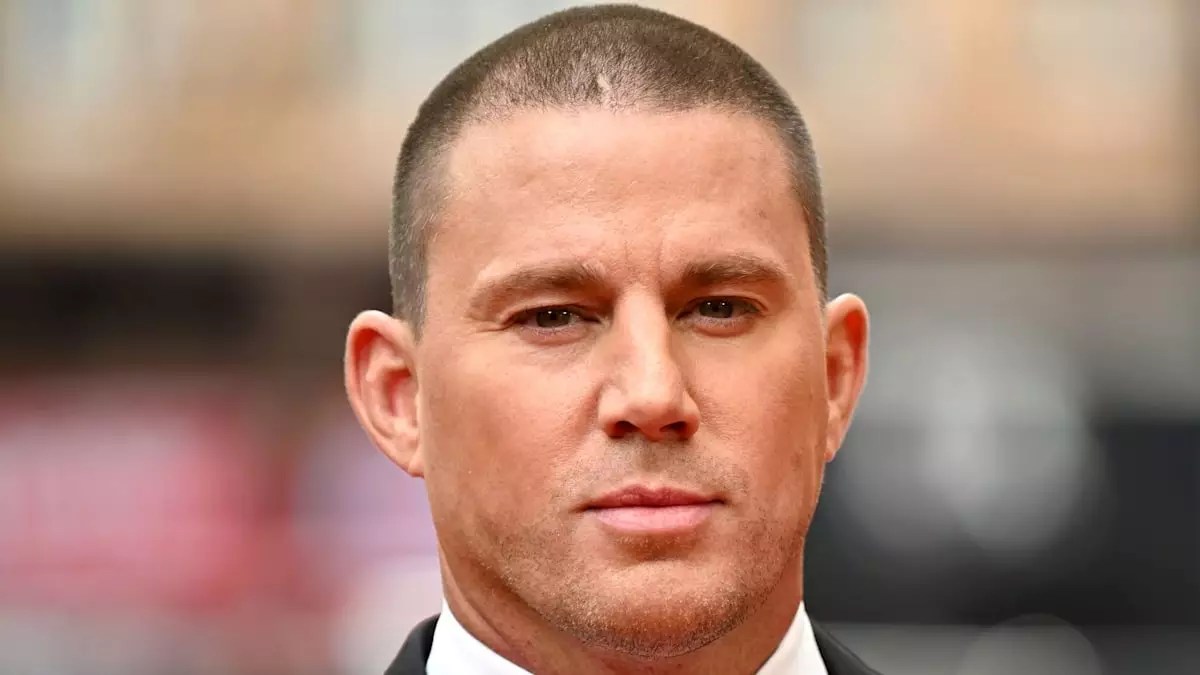Channing Tatum is the latest star to delve into the demanding world of extreme body transformations for film roles. This practice, while not new, has taken on a new intensity in recent years, as actors push the boundaries of what’s possible, both physically and mentally. Tatum’s career has been characterized by his athletic physique, which he has maintained since his early roles. Yet, it’s his recent commitment to significant weight fluctuation that has ignited conversation regarding the personal cost associated with such transformations.
In recent posts, Tatum documented his remarkable journey through social media, sharing stark selfies that depict his weight changes for upcoming roles. From a toned 205 lbs to a heftier 235 lbs for the movie *Josephine*, and then back down to a lean 172 lbs for *Roofman*, Tatum’s physical transformation is astonishing. These changes are not merely about aesthetics; they symbolize the extensive preparation actors undergo in their pursuit of authenticity in their characters.
The Psychological and Physical Toll
While the results can be visually captivating, the reality of such dramatic body changes is far more complex. Tatum himself expresses the challenges of these drastic shifts, revealing that returning to a normal weight after gaining it is not only arduous but can have long-lasting effects on one’s body. He humorously mentioned that the rollercoaster of weight fluctuations can make roles harder on the body, stating that he may not pursue “fat roles” in the future. This revelation opens the door to discuss the implications of these transformations on mental and emotional well-being, as they require relentless discipline that can manifest as pressure to conform to unattainable ideals.
The responses from fellow celebrities have ranged from sheer admiration to concern, illustrating the dual nature of this topic. While many commend Tatum’s dedication, others, like Laverne Cox, empathetically remark that they wouldn’t be willing to undergo such physical strain for their art. The dialogue suggests a broader cultural discussion about the extremes actors endure for their craft, sparking questions about the sustainability of such practices in Hollywood.
Comparative Analysis with Industry Peers
Tatum’s current journey naturally invites comparisons to other actors renowned for their transformative abilities, most notably Christian Bale. The iconic actor has famously gained and lost significant weight for roles, earning accolades while also enduring considerable physical duress. Bale’s candid acknowledgment of the unhealthy nature of rapid weight gain resonates as Tatum shares similar concerns. This points to a worrisome trend, where the demand for all-consuming performances may encourage harmful practices under the guise of artistry.
Such transformations can sometimes become a badge of honor within the industry, elevating the individual’s status but at great personal risk. Actors like Bale and Tatum exemplify the sacrifices many are willing to make for their craft, raising ethical questions about audience expectations and industry standards.
Exploring the Cultural Implications
The entertainment industry often glorifies these transformations, leading audiences to perceive them as part and parcel of a dedicated actor’s journey. However, it is crucial to address the underlying implications of this endless cycle of body shaping. What message does this send to aspiring actors and the audience at large? The spotlight on physicality can inadvertently reinforce unrealistic body standards that ripple through society, influencing perceptions of self-worth, health, and beauty.
This phenomenon lays a heavy weight on not only the actors themselves but also on those who look to them as models of success. The portrayal of extreme body changes may suggest that personal worth is tied to physical appearance, further complicating the dialogue around body image and mental health. Tatum’s own reflections on gratitude for his genetics and support team underscore an essential aspect often overlooked in these discussions: the social support that can alleviate some pressure but also highlights the disparities in access to resources many individuals face.
Ultimately, the story of Channing Tatum and his physical transformation is a vivid tapestry of ambition, sacrifice, and the complexities found at the intersection of art and reality. The challenge lies not just in the physical shifts but in the psyche’s endurance and the societal narratives we reinforce through them.


Leave a Reply